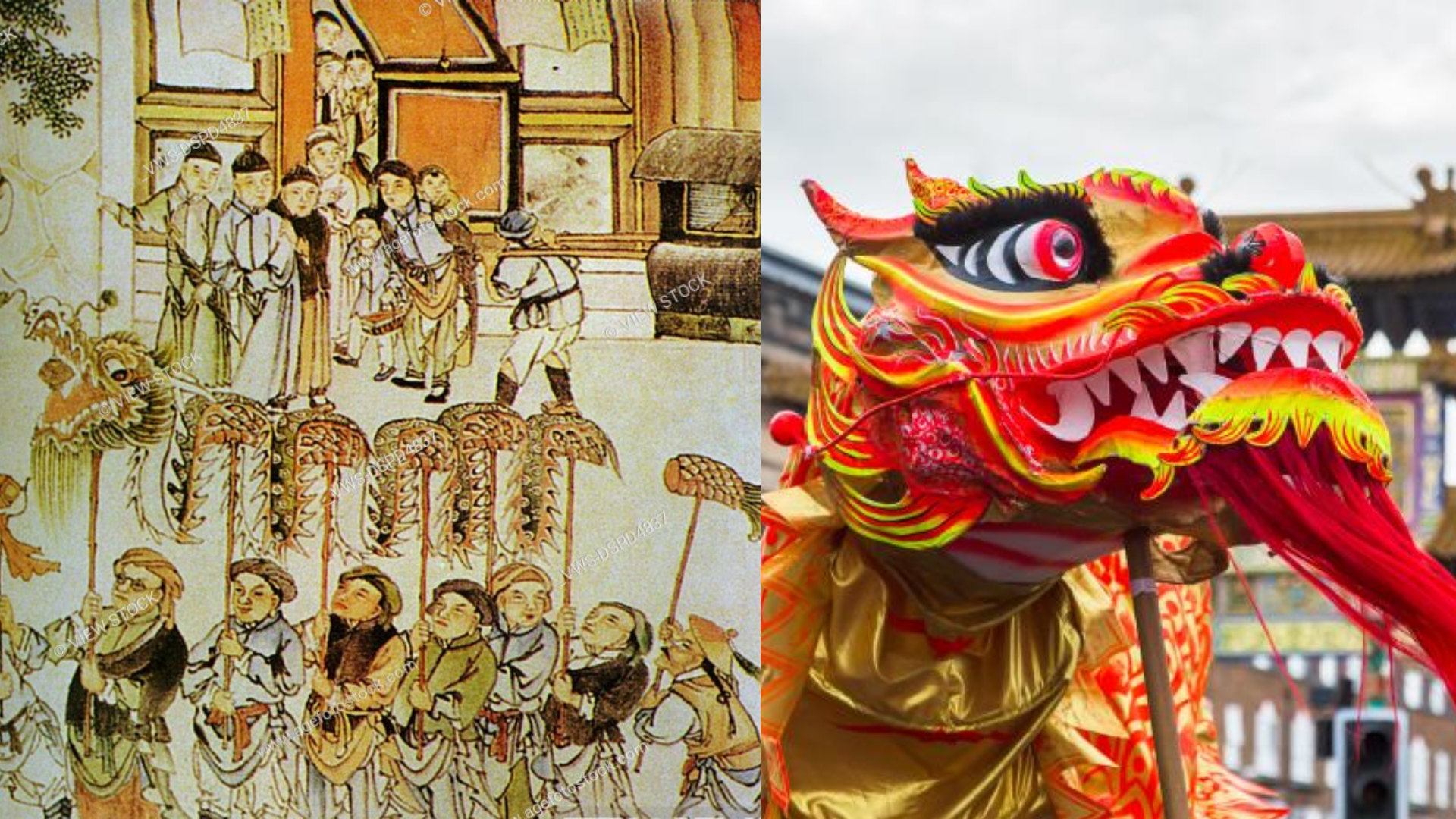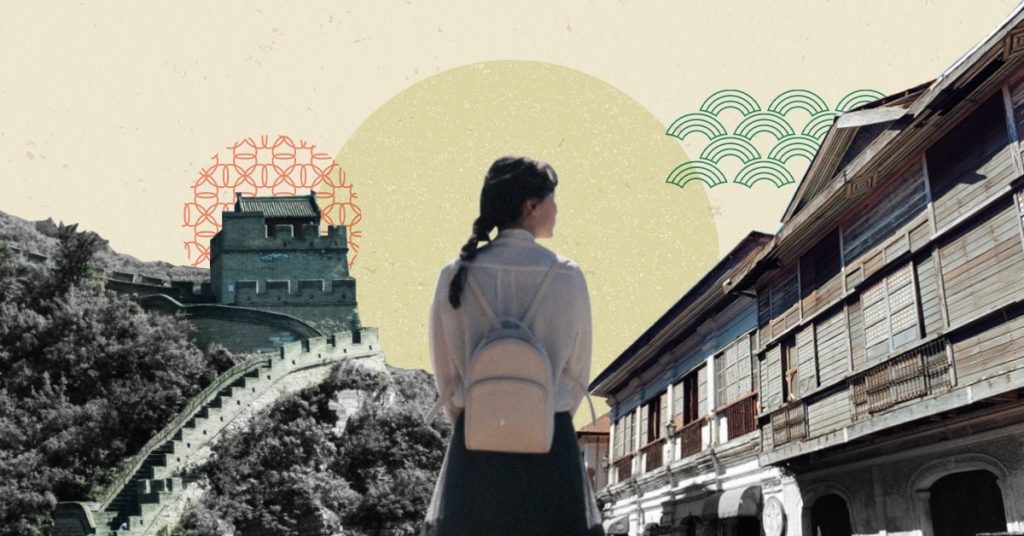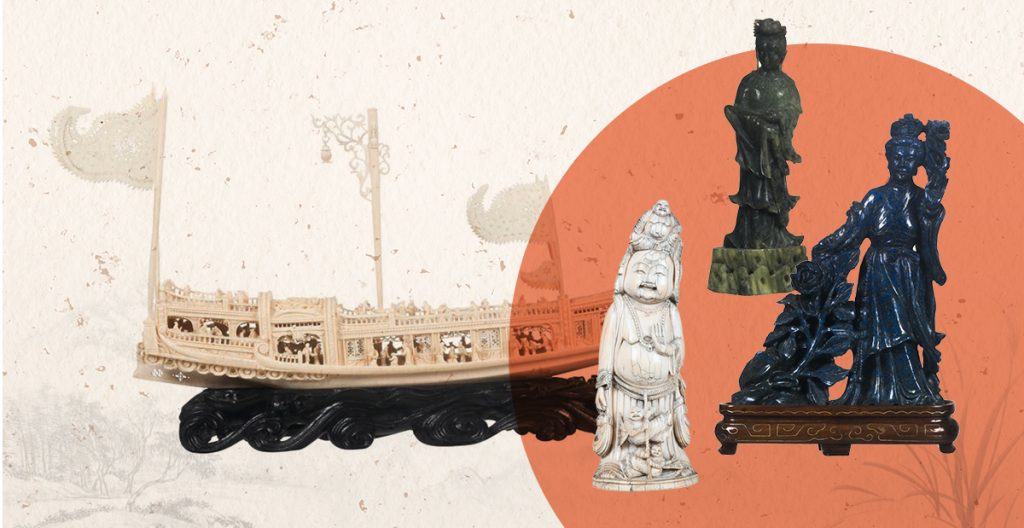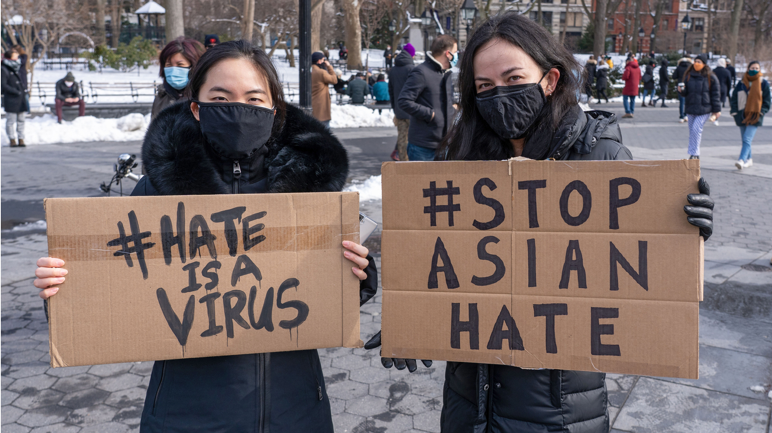Origin of the Dragon Dance

The dragon dance, also known as the dragon lantern dance, has been a form of traditional dance in Chinese culture since the Han dynasty. These dances are performed mostly in special festivals to help drive away evil spirits.
With the widespread of Chinese culture all over the world, the dragon dance can now be seen in different countries as well. Regardless of the place where the dance is performed, people have not strayed away from the essence of the meaningful celebration.
Why the dragon?
The dragon is one of the most well-known and admirable creatures and symbols of China since ancient times. It was believed by the ancient Chinese that these mythological creatures are associated with the emperor.
The Chinese dragons symbolize wisdom, power, wealth, and good luck. From being depicted on the robes of the emperor during ancient times to having it featured on modern designs, dragons have been a part of the traditional dance to bring good fortune.
Dragon dances during the dynasties
Based on ancient texts from the Han dynasty, different forms of dragon dances were performed during rituals to appeal for rain, which dragons were associated with. Thus, these “rain dances” were mostly performed during times of drought. Both adults and children could participate in the dance.

Stone relief engraving showing the Dragon Dance performed during the Han Dynasty. Photo from Wikivisually.
Aside from “rain dances” and rituals, they were also performed for entertainment. Not only were these dragons depicted as powerful mythological creatures in variety shows, but they were also seen playing the flute and doing other human activities.
Unlike the materials of the dragon costumes that we see today, back in the Han dynasty, they were very cumbersome and heavy. Only during the Tan and Song dynasty was the dragon costume made out of grass, paper, and cloth, along with lights placed inside them. From that time on, the performers could have the dragon figure carried by poles as they paraded during festivals. It was also around this time when these performances have become a common ceremonial activity in festivals like the Chinese New Year.
During the Qin dynasty, the dragon’s physique evolved from a limbless snake-like animal to a composite creature that carries a combination of many animals on its long serpentine body, such as the horns of a stag, ears of a bull, eyes of a rabbit, claws of a tiger, and the scales of a fish. Depicting dragons as such, people during that time shared the belief that dragons could also walk on land and fly through the air just as easily they could swim in the sea.
The legend of the Dragon King
In addition, there was also a legend from ancient China that tells the origin of the dance:
One day, the Dragon King felt some terrible pain around his waist. After consuming all the medication he could find, the pain persisted. Without any other option, he turned into human form and sought a doctor’s advice. After the inspection, the doctor claimed, “You are not a human.” Realizing that he couldn’t pretend anymore, the Dragon King turned into his original form.
The doctor still helped, removing the pain from the dragon’s waist with a small operation and applied medication on the wound. The Dragon King felt relief immediately. In appreciation of the doctor’s help, the Dragon King said this to the doctor, “Dance in gears in the form of a dragon and you shall be granted with smooth weather and great harvests.” The news quickly spread and people began to dance in gears built to the form of a dragon to plead for rain in drought seasons.












